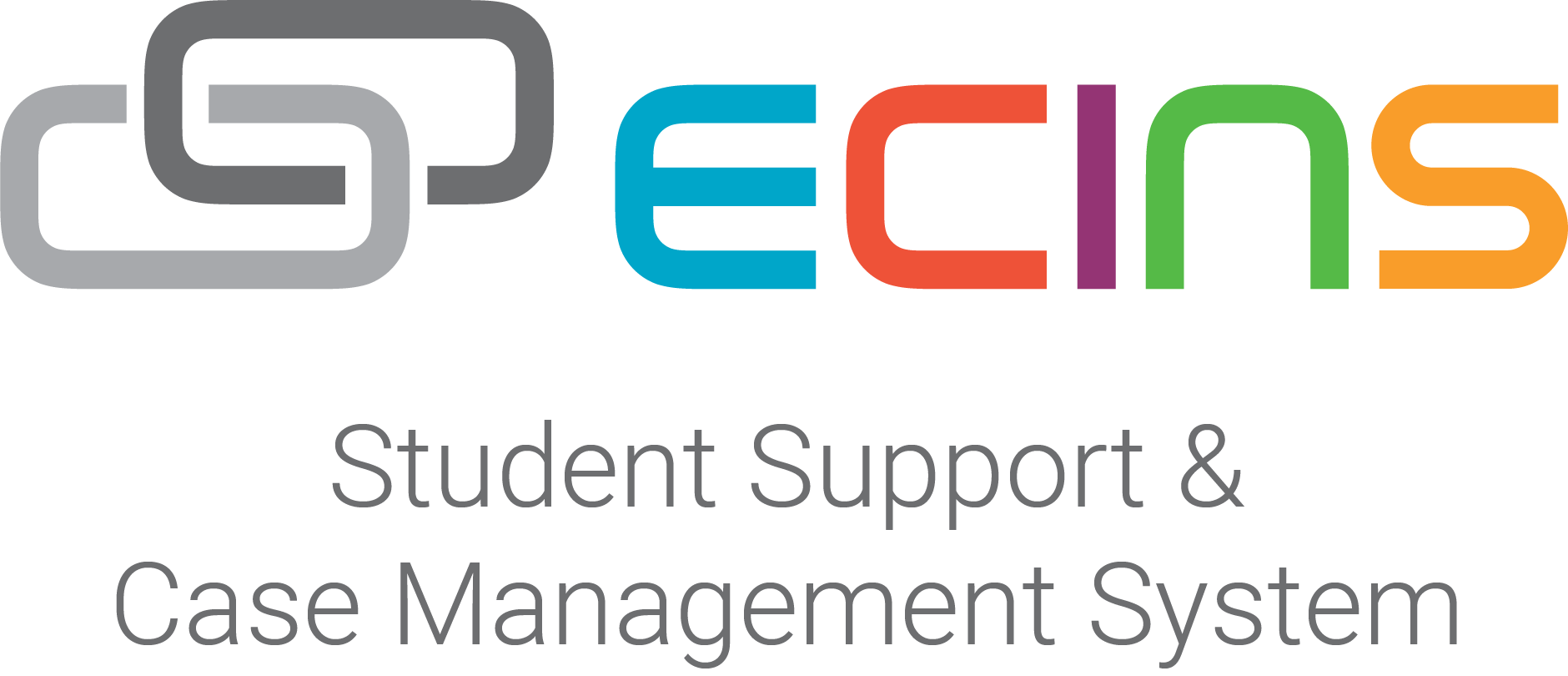$4.7 billion in funding is closing the gap in mental health support by connecting schools, community agencies, and healthcare providers. CYBHI identifies students early, refers them appropriately, and supports them throughout their journey
In California, 66% of adolescents diagnosed with depression did not receive treatment during adolescence. In light of this alarming gap, CYBHI are addressing the urgent need for early intervention, coordinated care, and accessible mental health services.
But for schools, barriers to CYBHI compliance pose difficulties. CYBHI compliance requires consistent data collection, coordinated services, and culturally responsive support. All while balancing the day-to-day demands of education.
Below are five key barriers schools face in meeting CYBHI compliance, and how ECINS provides the tools to overcome them.
Barrier 1: Early Identification and Referrals
Schools often struggle to identify vulnerable students early enough and make sure referrals don’t get lost in the system.
How ECINS Helps:
The Referral Management Module (RMM) makes it easy for peers, staff, and parents to submit referrals. Vulnerable students can be flagged quickly, consent forms collected digitally, and notifications automated. With mobile access via web browser, referrals and wellbeing services are always within reach.
Barrier 2: Coordinating Across Agencies
CYBHI requires schools, healthcare providers, and community organizations to collaborate, but information often stays siloed.
How ECINS Helps:
The Case Management Module (CMM) centralizes shared case notes and ensures real-time collaboration across sectors. Built-in audit trails provide accountability and evidence for CYBHI grant eligibility.
Barrier 3: Timely Interventions
Even when needs are identified, delays in screening and support can limit impact.
How ECINS Helps:
The CMM comes pre-loaded with customizable screeners and assessments, ensuring timely intervention.
Barrier 4: Tracking Progress and Outcomes
Schools must measure outcomes to prove impact and meet CYBHI reporting requirements, but tracking is often inconsistent.
How ECINS Helps:
ECINS’ dashboards and data visualization tools (including wheel assessments) highlight student progress, service gaps, and areas for improvement. This promotes data-driven accountability and continuous improvement.
Barrier 5: Student Engagement and Accessibility
Many students lack easy access to mental health resources, or they disengage from support outside of school hours.
How ECINS Helps:
The Student Engagement Module (SEM) provides wraparound support directly through a student’s device. With tools like an Attendance Tracker, Mood Tracker, Journals, Calendars, and secure messaging, students stay connected to care. The SEM can also be adapted into a Parent Engagement Module (PEM) to bring caregivers into the process.
Final Thoughts
Meeting CYBHI compliance goes beyond checking boxes — it’s about creating a connected, person-centered system of care for young people. ECINS breaks down barriers to compliance. It gives schools and agencies a single, secure platform to deliver coordinated services, track outcomes, and engage students and families.
The result? More than compliance. With ECINS, schools create measurable impact, expand access to services, and ensure every child has the opportunity to thrive.

